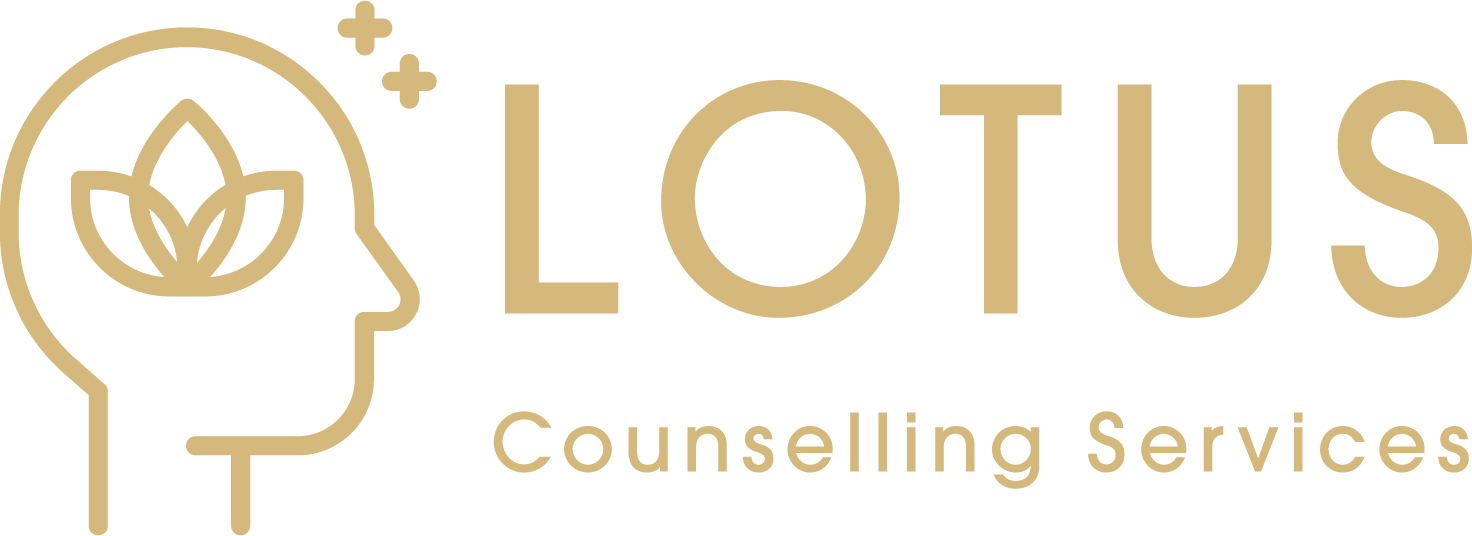Self-Preservation vs. Avoidance: Walking the Tightrope of Well-being
Life is a complex tapestry of experiences, both joyful and challenging. We all possess an innate drive for self-preservation, an instinctual urge to protect ourselves from harm and ensure our survival. But what happens when this protective instinct morphs into avoidance, a pattern of behaviour that keeps us trapped in a cage of comfort and fear? At Lotus Counselling, we explore this delicate balance, recognizing that true well-being lies in navigating the fine line between healthy self-preservation and detrimental avoidance.
Self-Preservation: The Wise Protector
Picture self-preservation as a vigilant guardian, always on the lookout for potential threats. It's the voice that says, "Buckle your seatbelt," or "Don't walk alone at night." It's the force that motivates us to set boundaries, make responsible choices, and steer clear of unnecessary danger. It's a vital part of our survival toolkit.
Avoidance: The Sneaky Saboteur
Avoidance, on the other hand, is self-preservation's shadow side. It's the master of disguise, convincing us that staying small and safe is the best way to navigate life's complexities. It's the fear that whispers, "Don't speak up, you might be rejected," or "Don't pursue your dreams, you might fail." While avoidance may offer temporary relief from discomfort, it ultimately robs us of the opportunity to grow, learn, and experience the fullness of life.
Spotting the Difference: Is It Self-Preservation or Avoidance?
● Self-Preservation: Feels grounded and rational, based on a realistic assessment of risk and a desire to protect your well-being.
● Avoidance: Feels driven by fear and anxiety, often leading to missed opportunities and a sense of stagnation.
Breaking Free from the Avoidance Trap
Awareness is Key: Recognize the situations where avoidance is holding you back. What are you afraid of? What opportunities are you missing out on?
Challenge Your Fears: Avoidance thrives on the "what ifs." Challenge those fears with evidence and logic. What's the worst that could happen? What's the best that could happen?
Take Small Steps: You don't have to conquer your fears simultaneously. Start with small, manageable challenges and gradually build your confidence.
Practice Self-Compassion: Be kind to yourself when you feel afraid or uncomfortable. Remember that everyone experiences fear, and taking things at your own pace is okay.
Seek Support: A therapist can help you identify your avoidance patterns, challenge your fears, and develop healthy coping mechanisms.
The Lotus Counselling Perspective
At Lotus Counselling, we offer a safe and supportive space for you to explore your fears, challenge your limiting beliefs, and step into your full potential. Remember, life is a grand adventure waiting to be explored. Don't let avoidance keep you on the sidelines.

